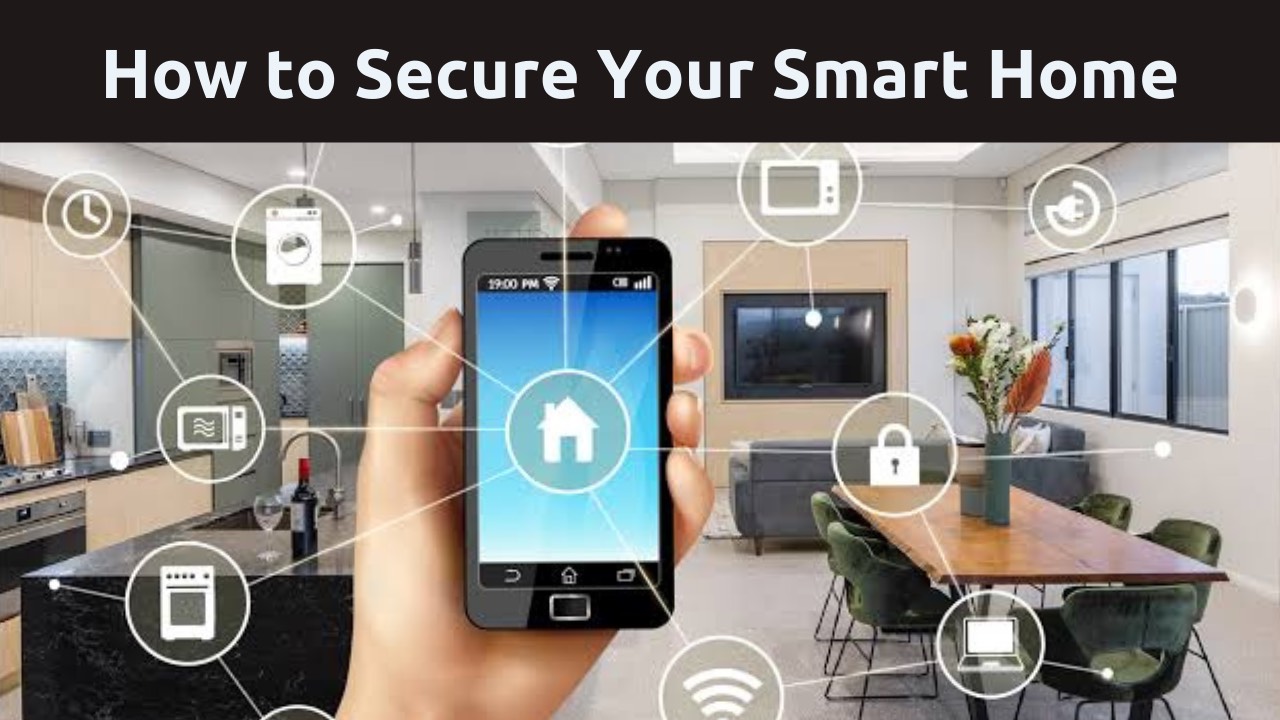Introduction
Smart home devices like wireless lights, thermostats, door locks, and voice assistants promise convenience through mobile control. However, the connectivity powering these Internet-of-Things (IoT) gadgets also poses cybersecurity risks if appropriate safeguards get overlooked. Without proper precautions, hackers can exploit vulnerabilities to access home systems and private data. Fortunately, following core best practices around passwords, network isolation, controlled access, and software vigilance makes securing smart environments manageable even as device count multiplies.
Use Strong Passwords
Cybersecurity experts universally advocate using lengthy complex passwords across accounts with combinations of mixed case letters, numbers, and special symbols that have no ties to personal information. These strong passwords exponentially raise the difficulty for hackers to crack through random guessing compared to short overused phrases. Homeowners should change default credentials that ship with smart gadgets and routers to personalized ones immediately while ensuring mobile apps only download from legitimate sources. Applying robust passwords represents the first line of defense.
Turn on Multi-factor Authentication
Multi-factor authentication (MFA) adds a secondary identity verification step when signing into accounts like confirming email codes or biometrics. This means users with stolen passwords still cannot access devices alone preventing account compromises. While inconvenient occasionally, MFA drastically boosts login security to render phishing attempts ineffective. Tech-savvy homeowners should enable MFA across smart home platforms and anywhere vital data may exist in the cloud. The minor input hurdle delivers major protection through dual credential requirements.
Understand Device Capabilities
Myriad appliances and assistants with microphones or cameras now populate households collecting immense amounts of behavioral and conversational data to power functionality. However, lax protocols or unauthorized access risks exposing this sensor information. Homeowners should keenly understand the precise insights different IoT gadgets gather about family activities so they selectively deploy only essential smart products, to begin with, while proactively securing each through restricted settings. Limiting device footprints provides a starting point while remaining vigilant about unnecessary data collection prevents potential abuse.
Reduce Network Access
While segregating internal smart home networks into public and private segments takes a more savvy setup, this network access control limits damage if any publicly exposed IoT devices get compromised in the future. Non-critical entertainment gadgets or simple lights may technically operate through looser security than say, security cameras or alarm controllers warranting tighter protocols. Segmenting Wi-Fi access assigns strict wireless permissions so that gadgets default to only their allowed channels.
Run Software Updates
Smart home gadget makers continually issue software and firmware patches to address emerging vulnerabilities identified over a product’s life cycle. While updating frequently proves inconvenient causing usage interruptions, neglecting this vital process leaves embedded security flaws intact for criminals to exploit. Cybercriminals weaponize unpatched software bugs into active breaches by the masses. To counter, homeowners must remain diligent about promptly installing the latest over-the-air updates across routers, controllers, voice assistants, security cameras, and more to maintain cyber readiness through upgraded protection.
Enable Encryption Settings
Leading smart home device makers now embed encryption options for securing traffic flows to and from cloud servers and mobile apps. By jumbling data into cryptographic hashes, breached information becomes meaningless without proper keys to decipher data meaning. Enabling the encryption settings across all supported gadgets adds vital transmission security preventing snooping of passwords, videos, recordings, and other stolen IoT user data even if criminals intercept traffic. Encrypting content works hand in hand with strong access rules for defense.
Use a Separate Wi-Fi Network for Guests
Friends or visitors may initially seem harmless, but their smartphones and gadgets could secretly host malware threatening household cybersecurity unknowingly. Rather than risk guest device exploits impacting primary networks, innovative routers allow segmented Wi-Fi networks to keep home and guest connectivity entirely isolated. With discretely encrypted credentials, homeowners can temporarily provide Internet access to visitors without unlocking access to internal smart devices and systems critical for family privacy. This clever network separation brings convenience without compromising security & control.
Research Companies Carefully
The explosive smart home market has seen devices rapidly multiply from both reputable and emerging brands alike with variability in cyber readiness. Before purchasing and connecting a new gadget, homeowners should scrutinize the provider’s data security reputation, and cloud infrastructure protections and pledge to deliver timely software fixes for any future vulnerabilities according to public findings. This due diligence avoids introducing easily compromised weak points while favoring respectable manufacturers who invest appropriately to safeguard user trust and devices on an ongoing basis across the lifecycle.
Add Extra Hardware Firewalls
Advanced hardware firewall appliances installed between home networks and the Internet provide sophisticated monitoring capable of detecting intrusion attempts and malicious traffic that basic routers miss. Top models can even isolate IoT devices into separate zones depending on their security risk profiles containing blast radius if any get penetrated. While adding cost, positioning a commercial-grade hardware firewall significantly bolsters cyber resilience through deep packet inspection, pattern recognition, and automation response to neutralize threats promptly keeping homes secure amid growing IoT integration.










